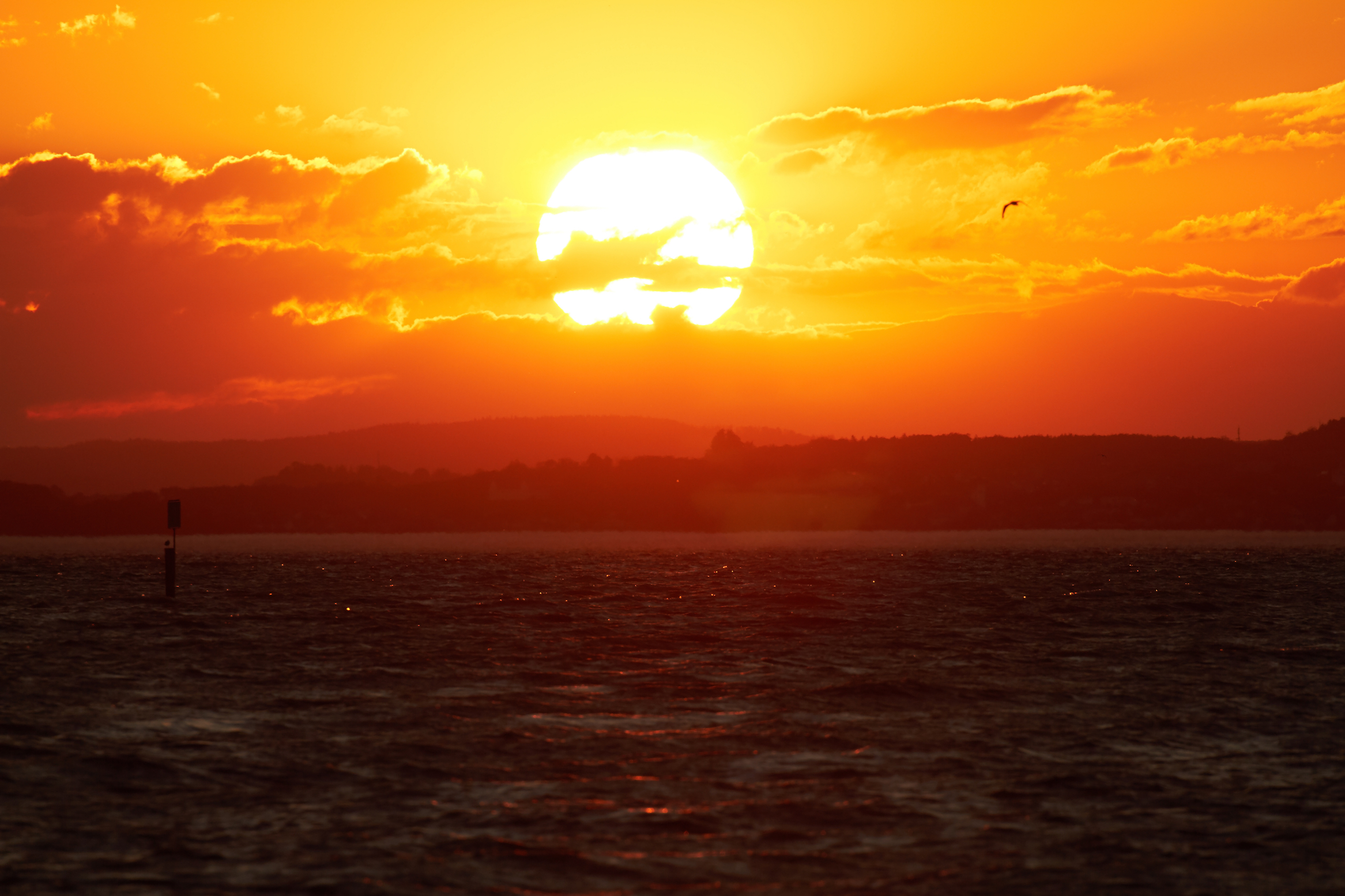
What happens when the sun dies?
Our sun is very gradually dying and eventually will no longer be able to support any life on Earth.
The good news is that the death and collapse of our sun is a long way off. Scientists predict that the sun will die in 10 billion years and now, a new study has discovered what will happen after this takes place.
An international team of astronomers conducted the research and the results were published in the journal Nature Astronomy.
When a star is in its last stages, it typically turns into a planetary nebula, which traces the star’s transition from a red giant to a white dwarf. This nebula is visible as a large ring of bright gas and dust where the star once was.
This is true for a majority of all active stars, but researchers were unsure if the sun would follow the same process because of its low mass.
For the new study, the researchers wanted to find a clear answer for whether or not the sun would have enough mass to create a visible ring or planetary nebula.
The researchers created a new model to predict the life-cycle of stars. The model showed the research team the luminosity of the gas and dust that is ejected from stars of varying masses and ages when they die.
“When a star dies it ejects a mass of gas and dust – known as its envelope – into space. The envelope can be as much as half the star’s mass,” said Albert Zijlstra from the University of Manchester, a member of the research team. “This reveals the star’s core, which by this point in the star’s life is running out of fuel, eventually turning off and before finally dying.”
Zijlstra also said that envelope can shine for 10,000 years and be seen from distances measuring tens of millions of years.
Data from the model also sheds insight on a problem that had astronomers confused for years.
It was discovered 25 years ago that you could measure the distance of a galaxy by that galaxy’s brightest nebulae. In any galaxy, the brightest nebulae always had the same measurable levels of brightness.
The new model contradicted previous data that corroborated this theory.
“The data said you could get bright planetary nebulae from low mass stars like the sun, the models said that was not possible, anything less than about twice the mass of the sun would give a planetary nebula too faint to see,” said Zijlstra
Even though the sun is low mass, the model still showed that it would produce a bright planetary nebula. After a star ejects its envelope, the researchers found that the star heats up three times faster than was previously calculated which makes it possible for the sun to produce a bright ring.
However, the researchers found that the sun was the lowest mass a star could be in order to produce visible planetary nebula.
“We found that stars with mass less than 1.1 times the mass of the sun produce fainter nebula, and stars more massive than 3 solar masses brighter nebulae, but for the rest, the predicted brightness is very close to what had been observed. Problem solved, after 25 years!” said Zijlstra.
The new study shows what will happen after the sun dies and adds to our understanding of the life-cycle of stars.
“This is a nice result,” said Zijlstra. “Not only do we now have a way to measure the presence of stars of ages a few billion years in distant galaxies, which is a range that is remarkably difficult to measure, we even have found out what the sun will do when it dies!”
—
By Kay Vandette, Earth.com Staff Writer













